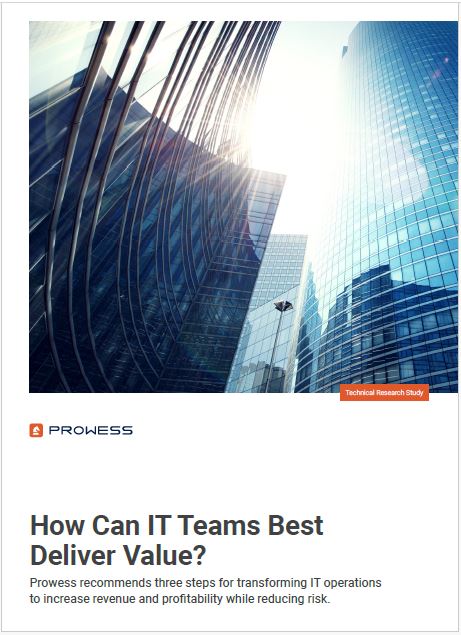In the ever-evolving digital landscape, cybersecurity has ascended to paramount importance. Organizations confront a mounting array of challenges, necessitating the adoption of robust security frameworks. Two notable cybersecurity frameworks are Zero Trust Network Access (ZTNA) and the Principle of Least Privilege (POLP). This comprehensive guide explores the technical aspects of these systems, enabling IT managers to assess their similarities, differences, advantages, and disadvantages, and ultimately select the framework that aligns best with their organization’s specific needs.
What is Zero Trust?
Zero Trust (ZT), a security model that challenges the traditional perimeter-based security model, operates under a fundamental rule: “Never trust, always verify.” Introduced by John Kindervag, a principal analyst at Forrester, in 2010, Zero Trust was developed to address issues arising as businesses transitioned to the cloud, such as an increase in unverified individuals with permission to use online accounts, elevating the risk of data breaches.
In a Zero Trust model, all identifiers undergo rigorous testing, recognizing that risks may already be present within the network. No entity, whether an individual or a device, is inherently trusted. Continuous Authentication, Authorization, and Verification (AAV) are demanded before access to resources is granted. This model enables swift identification of suspicious behavior and rapid response to potential threats, mitigating the impact of cyberattacks.
How Zero Trust Works
Zero Trust assumes that vulnerabilities are not solely external but may also reside within, masquerading as seemingly benign entities. In a Zero Trust scenario, trust must be continually re-established through all interactions and access requests. Through AAV, every entity must be scrutinized at every entry point, regardless of perceived trustworthiness.
- Authentication employs Multi-Factor Authentication (MFA) and credential vaulting to verify identity.
- Authorization determines access levels based on job description and necessary data access.
- Verification continuously monitors behavior to ensure adherence to authorizations and security protocols.
How Least Privilege Works
The Principle of Least Privilege, or POLP, is a distinct yet equally vital security principle, advocating that entities be granted the minimum level of permission or authorization necessary to perform their functions. It employs a “need-to-know” and “need-to-use” strategy, limiting unnecessary access to minimize potential attack surfaces.
Envision your company’s digital ecosystem as a network of entry points, each leading to different areas containing valuable assets and confidential data. POLP ensures that each user, application, and system has a set of keys, allowing access only to necessary areas and revoking them once their purpose is fulfilled.
By sticking to the rule of least privilege, an enterprise minimizes its attack surface, and this is the entirety of all possible entry points for malicious actors, mapped out systematically. This reduction is successfully achieved by:
- Restricting access to entities that don’t need it
- Reducing the entry points through which intruders can break into the system.
- Restricting the magnitude of their potential impact upon entering
What is the Difference Between Zero Trust and Least Privilege?
ZTNA and POLP differ from each other in four ways:
1. Zero trust is holistic while least privilege focuses on rights and approvals
The first difference between zero trust vs least privilege is in terms of their scope of coverage. Zero trust casts a very broad net over every aspect of the network architecture, questioning the traditional concept of perimeter-led security. It implies that no entity, inside or outside, is inherently trusted, even if it is not trying to actively hunt sensitive resources.
Contrarily, least-privilege focuses predominantly on regulating the rights and permissions of specific users or applications. Its range is narrower and based on the premise that entities are entitled to only the minimum access needed to execute their assigned tasks.
2. Least privilege is enforced at a granular level while zero trust is more strategic
Least privilege is naturally more granular as it restricts access per entity or per activity. It implies precise control mechanisms that guarantee users or apps have only the permissions needed to perform their duties.
Although zero trust’s approach can be granular, it typically works on a larger scale, focusing on specific network segments, equipment, or identity categorization. You will often select IT infrastructure management tools on the basis of their zero trust philosophy, and this is a strategic mindset implemented at the design level.
3. Least privilege is easier to roll out than zero trust
The third difference between zero trust vs least privilege is when the least privilege is usually implemented by means of restrictive control systems, user administration, and the allocation of authorizations. Generally, implementation within established network architectures is easier. On the other hand, adopting zero trust often requires significant alterations to network architecture, like network segmentation. It entails an in-depth reassessment of the overall security framework.
4. Zero trust is proactive while least privilege reacts to access requests
Using a need-to-know along with a need-to-use approach, least-privilege limits access to assets according to necessity. It is focused on establishing and implementing access permissions in advance, instead of zero trust’s ongoing verification approach. Zero trust offers a proactive strategy by perpetually confirming the authenticity, accuracy, and validity of entities and their activities.
In Summary: Zero Trust vs Least Privilege
Both Zero Trust and the Principle of Least Privilege are vital components of a solid cybersecurity framework, emphasizing the importance of establishing reliable access controls based on user identity and context. While POLP can be implemented independently, it is most effective when applied within a Zero Trust environment, which continuously monitors user behavior and verifies entity identities and activities.
In our complex digital era, the traditional castle-and-moat defense tactic is no longer viable. Skilled hackers can deploy distributed attack schemes against organizations, necessitating an equally distributed cybersecurity strategy. Utilizing every available safeguard, including Zero Trust and Least Privilege, to secure as many access points as possible is imperative.




